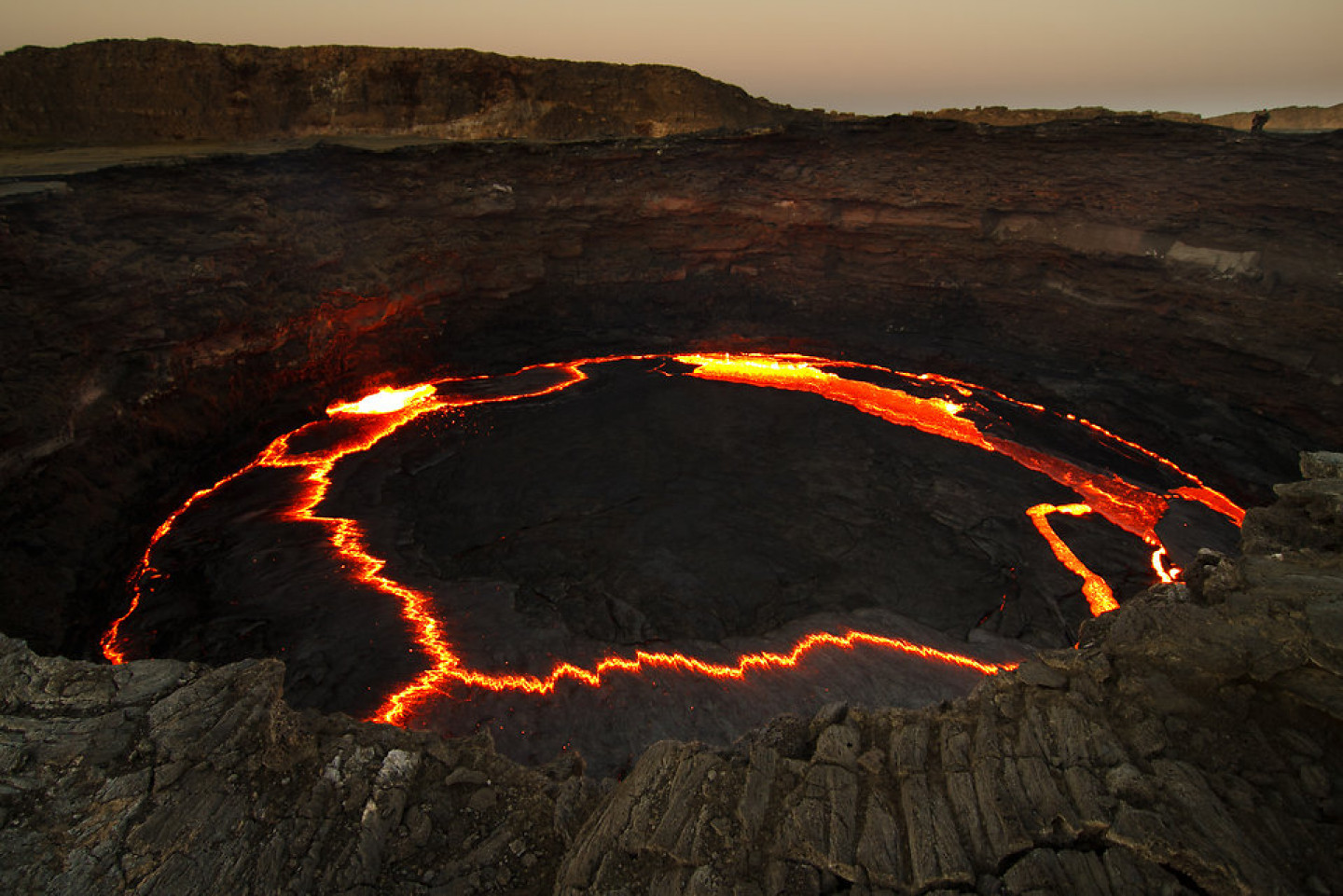Aluminosilicate inorganic polymers, also known as geopolymers, are sustainable and cost-effective alternatives to cement.
The material has desirable chemical properties and low energy consumption which reduces environmental impact. Consequently, the material's chemical properties are attracting increasing interest from the construction industry.
Volcanic ash can be used to create a resistant and insulating geopolymer that can replace traditional building supplies such as cement and granite. Ash from Mount Etna and Mount Cameroon, have been used as the principal sources of aluminosilicate in the production of geopolymers due to the large amounts of alumina and silica within the material.
In the construction process, volcanic ash is ball milled, mixed with concentrated alkaline solutions for polymerisation and cured at 75–400 °C for 12–48 hours. As the chemical composition of volcanic ash has a high alkali content, this makes the resulting geopolymer cost-effective as it can be activated with lower amounts of alkaline solution.
Even at temperatures which rise up to 900°C, the material won’t crack or scatter, and instead, it’s strength will increase. The geopolymer has a porous structure, enabling it to absorb smells, regulate humidity and water, which could also enable it to become a suitable coating for metals and prevent corrosion.
The material also has excellent durability when in contact with salts and acids, and resistance to abrasion. In addition, the material is highly insulating and therefore could replace polystyrene foam used in building insulation. Geopolymers can be used for pre-cast structures and also non-structural materials such as cars, aeroplanes, pavements, ceramics, fire resistant composites, and objects which contain radioactive wastes.
To learn more about this research, click here.


